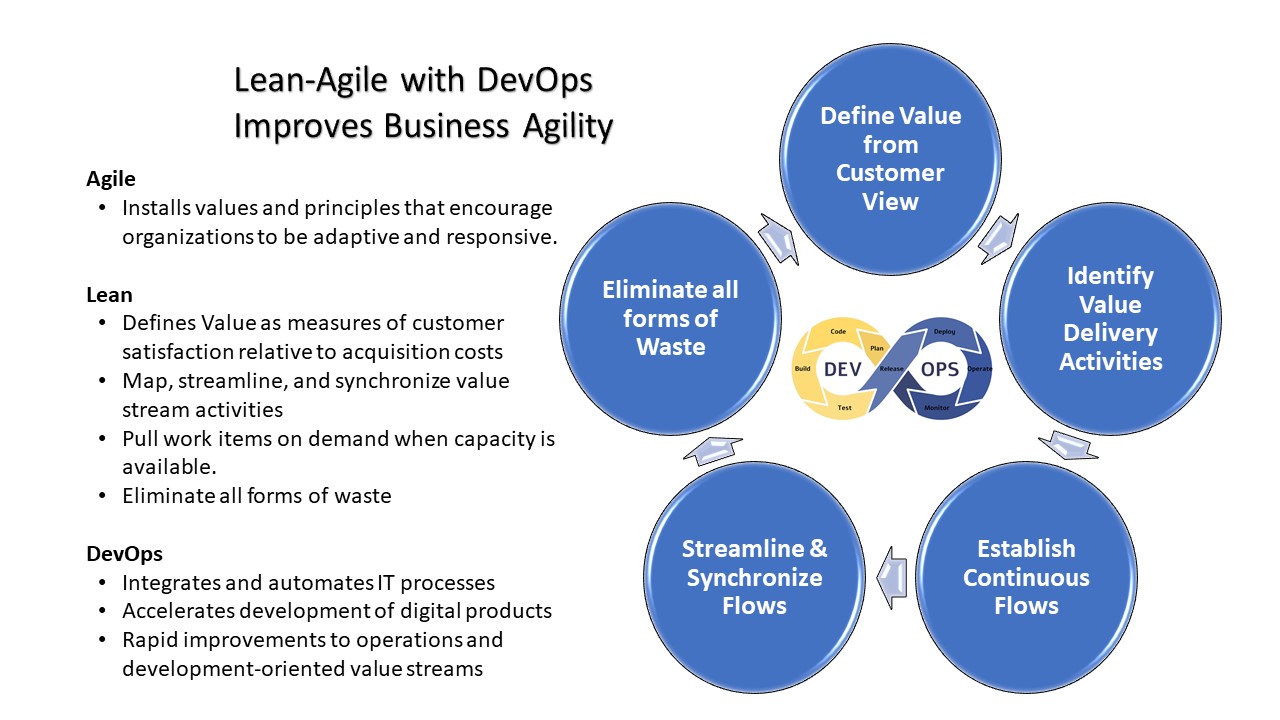
Behavioral assessments are a crucial tool for gaining insights into individual behaviors, personality traits, and cognitive styles. By evaluating how people think, feel, and act, these assessments provide valuable information that can drive personal growth and enhance professional effectiveness. Understanding behavior is essential not only for self-awareness but also for fostering better communication, teamwork, and leadership within organizations. In this blog, we will explore the fundamentals of behavioral assessments, their significance in both personal and professional settings, and how they can be effectively utilized to unlock potential and achieve success.
1. What Are Behavioral Assessments?
Behavioral assessments are tools designed to evaluate various aspects of an individual’s behavior, personality, and cognitive patterns. Their primary purpose is to provide insights into how people think, interact, and respond to different situations, helping to enhance self-awareness and improve interpersonal dynamics. Historically, behavioral assessments have evolved from simple observational techniques to sophisticated psychological instruments, with early methods rooted in psychoanalytic theories and modern approaches leveraging advances in psychometrics and data analysis. Today, there are several types of behavioral assessments, including personality tests like the Myers-Briggs Type Indicator (MBTI), which categorize individuals into distinct personality types, and 360-degree feedback, which collects performance insights from multiple sources to offer a comprehensive view of an individual’s strengths and areas for improvement. Each type offers unique perspectives and applications, making them valuable tools for personal development and organizational success.
2. Why Behavioral Assessments Matter
Behavioral assessments offer significant benefits for both individuals and organizations by providing deep insights into behaviors, traits, and interpersonal dynamics. For individuals, these assessments foster self-awareness and personal growth by highlighting strengths, identifying areas for improvement, and guiding career development. This self-knowledge empowers people to make informed decisions, set realistic goals, and enhance their effectiveness in various aspects of their lives. For organizations, behavioral assessments are invaluable tools for refining hiring processes, improving team dynamics, and developing leadership capabilities. By understanding candidates’ and employees’ behavioral styles, companies can make better hiring decisions, create more cohesive teams, and tailor leadership development programs to fit individual needs. Real-world examples abound, such as companies using personality assessments to build high-performing teams and enhance workplace culture, or leadership programs that utilize 360-degree feedback to refine management skills and drive organizational success. These assessments, when applied thoughtfully, lead to more strategic and effective personal and professional development.
3. Key Components of Behavioral Assessments
Behavioral assessments are multifaceted tools that evaluate several key components to provide a comprehensive view of an individual’s behavioral profile. **Behavioral traits** focus on understanding personality characteristics, such as extroversion, agreeableness, and conscientiousness, and how these traits influence how people interact with others and handle various situations. **Cognitive styles** examine how thinking patterns and problem-solving approaches impact decision-making and creativity, revealing preferences for analytical versus intuitive thinking. **Emotional intelligence** assesses self-awareness, empathy, and emotional regulation, highlighting how these factors contribute to effective interpersonal interactions and leadership capabilities. Lastly, **interpersonal skills** evaluate communication, teamwork, and leadership abilities, providing insights into how individuals collaborate, manage conflicts, and guide others. Together, these components offer a holistic understanding of how behavior manifests in different contexts and how individuals can leverage their strengths while addressing areas for improvement.
4. Popular Behavioral Assessment Tools
Myers-Briggs Type Indicator (MBTI): Overview and applications.
DISC Assessment: Understanding dominance, influence, steadiness, and compliance.
Big Five Personality Traits: Insights into openness, conscientiousness, extraversion, agreeableness, and neuroticism.
360-Degree Feedback: Comprehensive evaluation from multiple perspectives.Popular behavioral assessment tools provide valuable insights into individual behaviors and personality traits, each offering unique perspectives and applications. The **Myers-Briggs Type Indicator (MBTI)** categorizes people into 16 personality types based on preferences in areas such as introversion versus extraversion and thinking versus feeling, aiding in personal development and team dynamics. The **DISC Assessment** evaluates behaviors across four dimensions—Dominance, Influence, Steadiness, and Compliance—to enhance understanding of communication styles and interpersonal interactions. The **Big Five Personality Traits** model delves into five broad dimensions—openness, conscientiousness, extraversion, agreeableness, and neuroticism—providing a comprehensive view of personality and behavior. Lastly, **360-Degree Feedback** gathers input from multiple sources, offering a holistic view of an individual’s performance and behavior, which is invaluable for leadership development and performance improvement. Each tool contributes to a deeper understanding of individual differences and fosters more effective personal and professional relationships.
5. How to Choose the Right Behavioral Assessment
Choosing the right behavioral assessment involves carefully considering several key factors to ensure it aligns with your goals and context. **Purpose** is crucial: determine whether the assessment is intended for personal growth, career development, team building, or leadership evaluation, as different tools cater to different objectives. **Context** also matters; consider whether the assessment will be used in a corporate environment, educational setting, or another domain, as this can influence the tool’s relevance and effectiveness. **Target audience** is another important factor; different assessments may be better suited to varying levels of experience, job roles, or organizational structures. When comparing tools, evaluate their methodologies, reliability, and validity to ensure they meet your needs. For instance, while MBTI provides insights into personality types, DISC focuses on behavior in team settings. Lastly, seeking **expert advice and guidance** can help you navigate these choices, as professionals can provide tailored recommendations based on your specific needs and objectives, ensuring you select the most appropriate tool for your situation.
6. Implementing Behavioral Assessments
Implementing behavioral assessments effectively can greatly enhance personal and organizational outcomes. **For individuals**, the key is to use assessment results to guide personal development and career planning by identifying strengths, addressing areas for growth, and setting targeted goals. **For organizations**, integrating these assessments into hiring processes, team-building activities, and leadership development initiatives can improve fit, collaboration, and management skills. To ensure these assessments are used accurately and ethically, it’s crucial to choose validated tools, administer them consistently, and provide clear, constructive feedback. Transparency with participants and professional interpretation of results help safeguard against misuse and maximize the benefits of behavioral assessments, leading to meaningful improvements in both personal and professional contexts.
7. Interpreting and Applying Results
Interpreting and applying the results of behavioral assessments involves several key steps to ensure meaningful and effective outcomes. **Understanding assessment feedback** requires a thorough review of the insights provided, focusing on both strengths and areas for improvement. This involves not only grasping the specific traits or behaviors highlighted but also understanding their implications for personal and professional growth. **Creating actionable development plans** means translating these insights into concrete steps, such as setting goals for skill enhancement, seeking additional training, or adjusting work habits. This plan should be tailored to address the specific feedback and align with long-term objectives. **Overcoming common challenges and misconceptions** involves addressing potential issues such as overemphasis on negative aspects or misinterpretation of results. It’s important to approach feedback constructively and recognize that assessments are tools for growth, not definitive judgments. By maintaining a balanced perspective and focusing on actionable strategies, individuals and organizations can leverage assessment results effectively to drive personal development and enhance overall performance.
8. Case Studies and Success Stories
Case studies and success stories highlight the transformative impact of behavioral assessments across various industries. For example, a major tech company implemented the DISC Assessment to enhance team collaboration, resulting in a more cohesive and efficient work environment. In the healthcare sector, a leading hospital used 360-degree feedback to develop its leadership team, significantly improving patient care and staff satisfaction. These examples reveal that when behavioral assessments are used strategically, they can drive substantial improvements in performance and culture. Key lessons include the importance of aligning assessments with specific organizational goals, ensuring transparency and support in feedback processes, and continuously adapting development plans based on ongoing insights. By learning from these successes, organizations can better harness the power of behavioral assessments to achieve their objectives and foster a more engaged and effective workforce.
9. The Future of Behavioral Assessments
The future of behavioral assessments is set to be shaped by exciting **emerging trends and technologies**. Innovations such as artificial intelligence and machine learning will enhance the accuracy and personalization of assessments, enabling deeper insights through sophisticated data analysis. Additionally, virtual and augmented reality are making it possible to simulate real-world scenarios, providing more immersive and practical evaluations. **Predictions** indicate that behavioral assessments will evolve towards continuous, real-time feedback systems that integrate seamlessly with broader talent management platforms, offering dynamic and context-sensitive insights. **In conclusion**, as these advancements unfold, behavioral assessments will become more precise and actionable, driving more effective personal and organizational development. Embracing these trends will empower individuals and organizations to leverage assessments more strategically, fostering growth and adaptability in an ever-changing landscape.
Behavioral assessments are crucial for gaining insights into behaviors, personality traits, and cognitive styles, significantly benefiting personal and professional growth. They enhance self-awareness, communication, and leadership, driving more effective development and success. We encourage you to explore these assessments to better understand yourself and others, and to seek out additional resources for your growth journey. Embrace these tools to unlock your full potential and achieve your goals.





